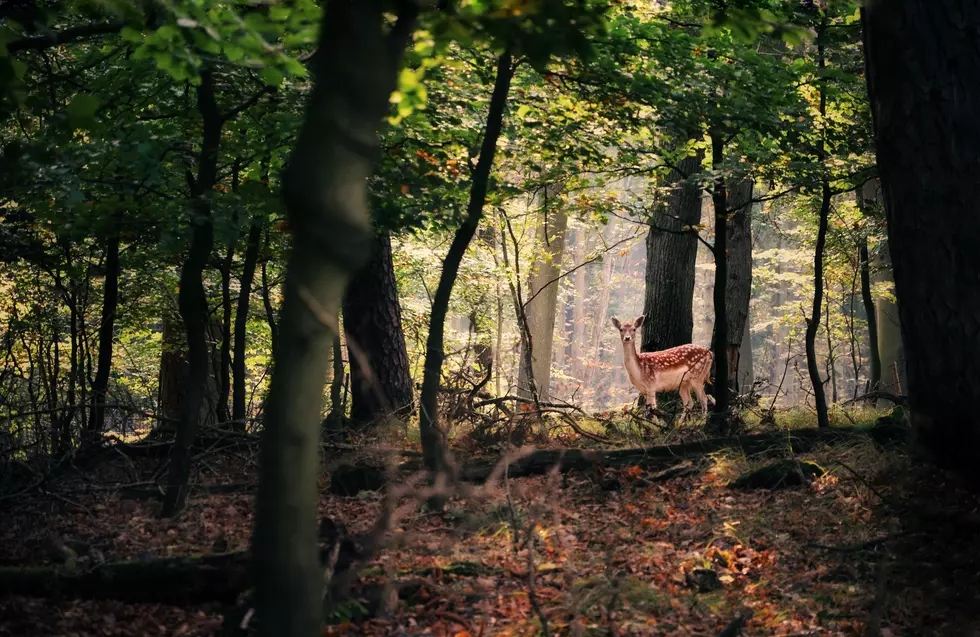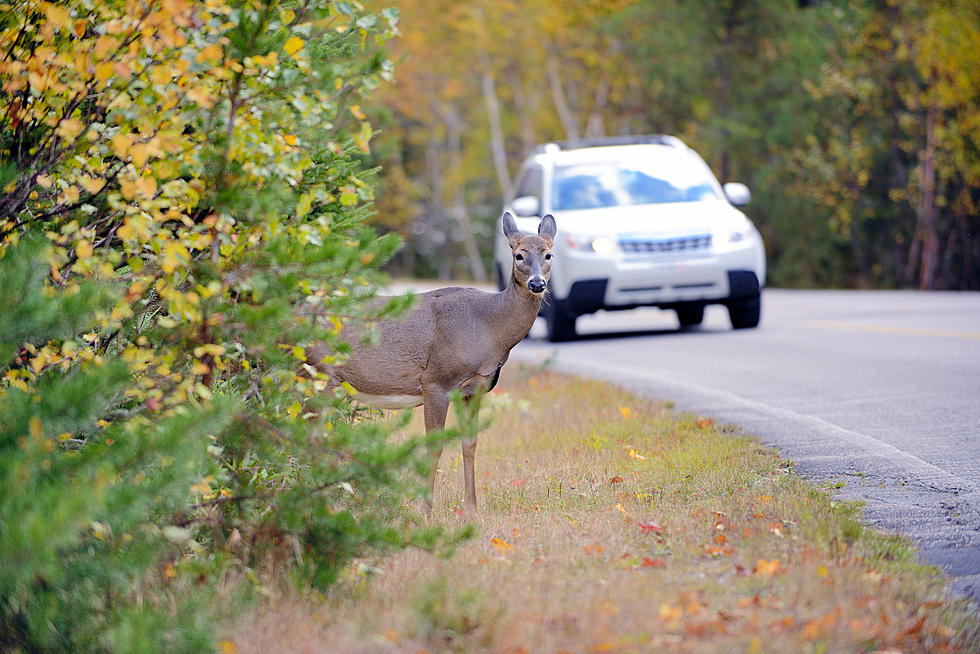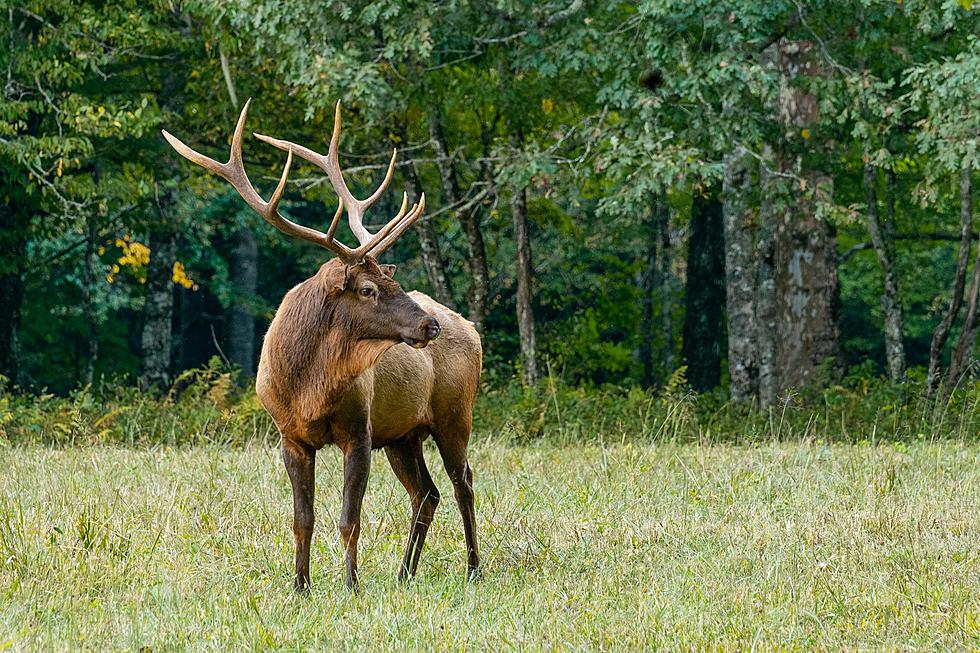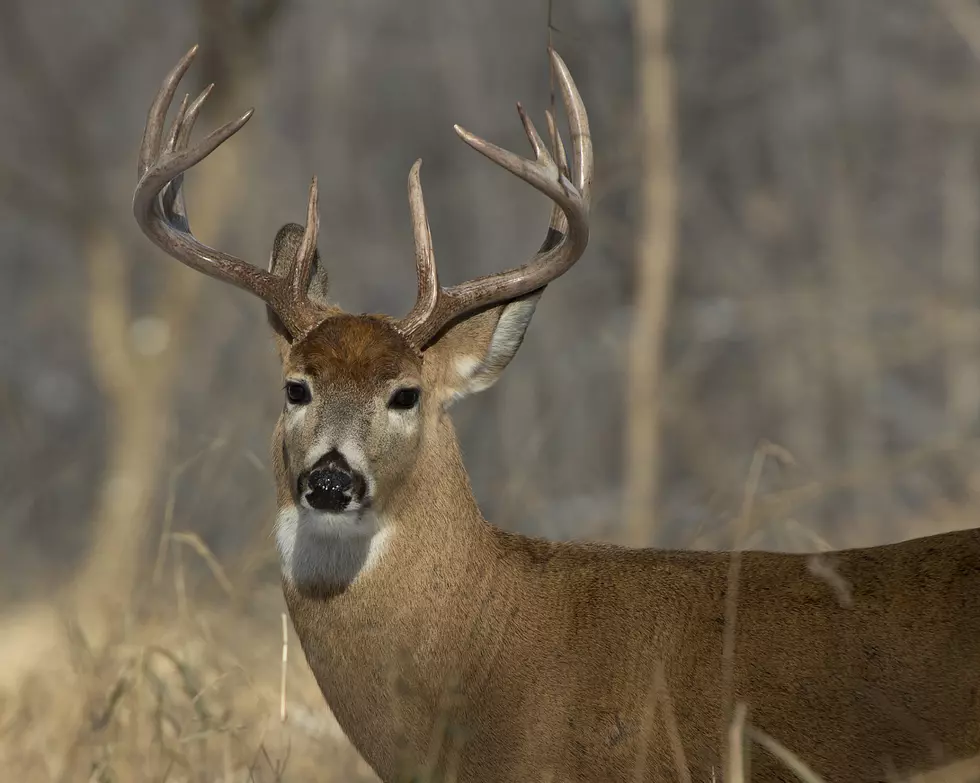![Iowa Woman Captures Rare Piebald Deer On Video [WATCH]](https://townsquare.media/site/675/files/2021/05/Piebald-Deer-feature.jpg?w=980&q=75)
Iowa Woman Captures Rare Piebald Deer On Video [WATCH]
Iowa's wilderness provides some beautiful spectacles but few are as uncommon as what you see above. It certainly appears to be a piebald deer. If you've never seen one, you're in luck because a friend of mine captured one on video. Enjoy, because the chances you'll see one in person are quite low.
Was The Video Taken In Iowa?
The video below was taken Monday evening in Swan Lake State Park in Carroll, Iowa. She tells me she saw it once last year and then again this week. Check out the video below and then we'll get into details on why it's called a piebald deer.
Here are a couple of other photos of piebald deer. As you can see, their color scheme can vary greatly.
Are They Part Albino?
You may be thinking, aren't those partially albino deer? The answer, technically, appears to be no. According to Simple Most, "albino deer have pink eyes, a pink nose, and pink-hued hooves, while piebald deer have brown eyes and a brown nose, with black hooves." The deer in the video and pictures above all clearly appear to have both a brown nose and eyes.
Why Are They Called Piebald?
Simple Most says, "the designation of "piebald" comes from the word "pie," short for magpie. When used, it's intended to mean "mixed up" or "bald." Unfortunately they also typically have problems that can include internal organ deformities, scoliosis of the spine, overbite, and short legs. Those issues and their color, which makes it more difficult for them to blend into their surroundings, can make a long life difficult.
How Rare Are They?
Less than 2 of every 100 white-tailed deer are born piebald. However, an albino deer with piebald coloring is nearly impossible to find. Mossy Oak reports the chances of a deer being born both albino and piebald is 1 in 30,000. That's .0033 percent.
This is one of those moments I'm glad everyone has a video camera in their pocket these days. Otherwise, we may never have seen this wonder of nature, right here in Iowa.
LOOK: Stunning animal photos from around the world
LOOK: 30 fascinating facts about sleep in the animal kingdom
More From 104-5 KDAT






![4-Year-Old’s New Best Friend Makes For Most Adorable Pic Ever [PHOTO]](http://townsquare.media/site/675/files/2021/01/Deer-Close-Up.jpg?w=980&q=75)
![Midwest Hunter Bags Deer and Alligator in Weekend Hunt [VIDEO]](http://townsquare.media/site/675/files/2020/11/Alligator-e1604938483898.jpg?w=980&q=75)

